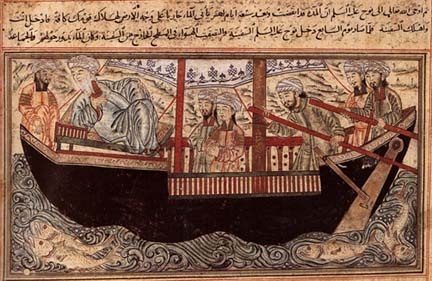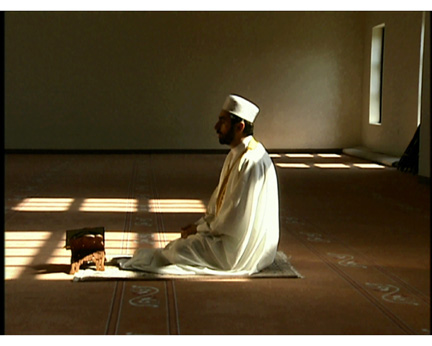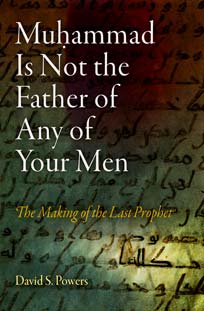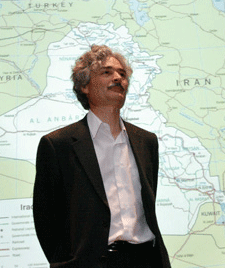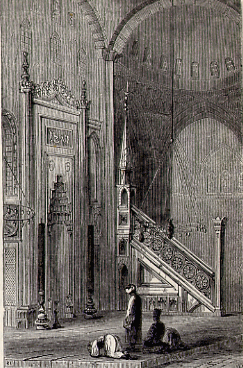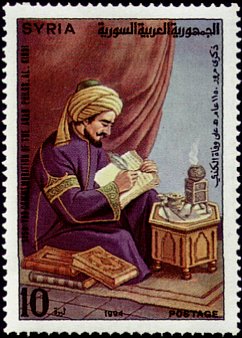
[Note: The following is a lengthy review of a recent book on the Muslim philosopher al-Kindi from the website Notre Dame Philosophical Reviews. Check out the website for accessible and useful reviews of recent books on philosophy.].
Peter Adamson
Al-Kindī
Peter Adamson, Al-Kindī, Oxford University Press, 2007, 272pp., $40.00 (pbk), ISBN 9780195181432.
Reviewed by Daniel Davies, Clare Hall, Cambridge for Notre Dame Philosophical Reviews,May, 2009
Al-Kindī is widely known as the first of the Islamic philosophers. In ninth century Baghdad he gathered around himself a circle that was highly active in translating the Greek sciences into Arabic. As well as being the first of the Arab philosophers Al-Kindī is now the first of the Arab philosophers to be included in the Great Medieval Thinkers series. Al-Kindī was expert in a vast array of scientific disciplines and in this book Peter Adamson concentrates on the philosophical topics on which Al-Kindī wrote, as is appropriate for the series: metaphysics; ethics; psychology; medicine; cosmology. One of the many virtues of the book is that it focuses on elucidating the philosophical arguments themselves, in a way that is both sympathetic and critical, rather than only seeking their provenance or tracing their after-effects. Certainly, al-Kindī has long been recognised as a creative and voluminous writer, though, until now, the extent and nature of his originality had yet to be mapped. Adamson shows that al-Kindī deserves a place amongst the great philosophers in his own right and not only because of the pervading presence of his work in later Islamic and Arabic thought. Continue reading On al-Kindi


